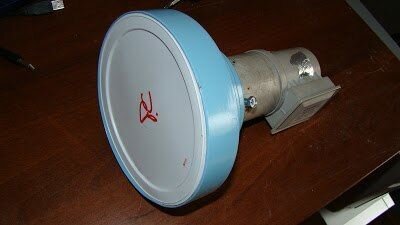Correct! The LNB LO frequency for your C-band LNB should be 5150, but as DRO LNBs age they often drift off of this frequency. This drifting also happens during extremes in heat and cooling. The cold temperatures may be causing your LNB LO to drift off of 5150 and the receiver's automatic fine tuning circuit cannot compensate for extremes.
My suggestion to Blind Scan the satellite for the missing channels. The STB might log them at a slightly different frequency. If you do a blind scan and find the channel(s) coming in at a slightly different frequency, then you will know that the LNB LO frequency is drifting and would be a candidate for replacement.
If the plastic bag isn't letting moisture escape, it may be building up inside the feedhorn, or freezing on the plastic. Water or ice on the feedhorn cover will cause a lot of signal loss.
Also, metal dishes flex and distort with temperature extremes. As the metal chills or heats, different areas of the dish contract or expand at different rates, causing the dish to lose the parabolic shape and not properly reflect the signal into the feedhorn. Composite or fiberglass dishes usually do not have this problem.


